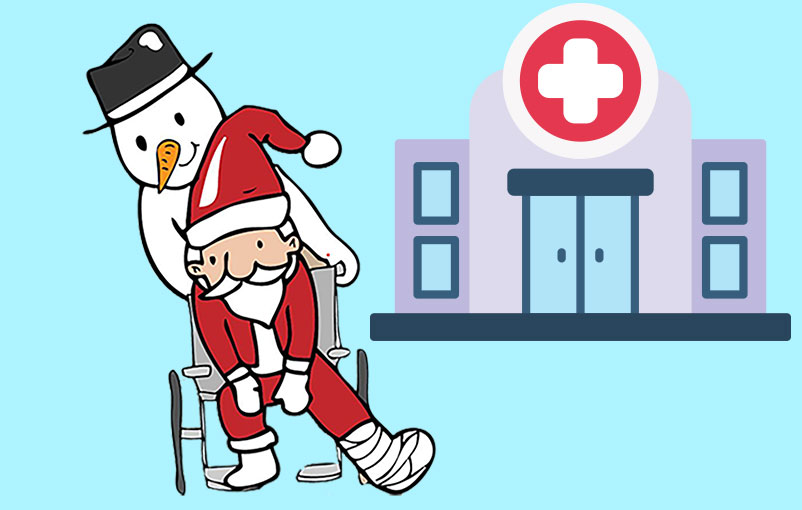In June of 2019, Ashley Britsch, a University Health nurse educator, spent a Saturday with her family at an area river with a rocky bottom. While playing in the cool water, Ashley got a small cut on her leg from one of the rocks.
That night when she looked it over, it was a little red and swollen, but it didn’t seem serious.
What she and her family didn’t realize was the seemingly insignificant scrape would turn to sepsis.
The next day she had a fever and intestinal issues. By Monday, she was throwing up, had a fever and eventually became incoherent.
Ashley’s husband rushed her to the University Health Emergency Department. Her medical team was immediately alarmed. Her blood pressure was dropping. Her pulse was weak. She then passed out.
Ashley was on the verge of organ failure – her kidneys, liver and heart were struggling. She was diagnosed with streptococcal toxic shock syndrome, a rare but serious bacterial infection.
Ashley remembers being packed in ice as they moved her to the ICU where she was intubated and stayed for five days.
This infection can quickly turn fatal. Even for patients who survive, sepsis can have long-lasting effects. Over the next four months, Ashley was admitted to the hospital three times.
What Causes Sepsis?
Multiple types of bacteria can cause sepsis, but there are four common infections that can become septic:
- Lung
- Urinary tract
- Skin
- GI tract
Ashley’s small scrape was just enough to allow bacteria into her system. According to the World Health Organization, sepsis is one of the most frequent causes of death worldwide.
Who Is at Risk for Sepsis?
Any infection can lead to sepsis, but these populations are more vulnerable to sepsis:
- Older persons
- Pregnant or recently pregnant persons
- Newborns
- Hospitalized patients, especially those in an ICU
- People with weakened immune systems
- People with chronic medical conditions
What Are the Symptoms of Sepsis?
Common symptoms include:
- Fever
- Confusion
- Difficulty breathing
- Clammy and sweaty skin
- Extreme body pain
- High heart rate, weak pulse or low blood pressure
- Inability to urinate or low ability to urinate
Sepsis is a serious illness. If you suspect sepsis, go to a hospital emergency room immediately. Treatment is most effective when it is started early in the septic infection. Quick thinking in the Emergency Department led to the sepsis diagnosis, which ultimately saved Ashley’s life.





